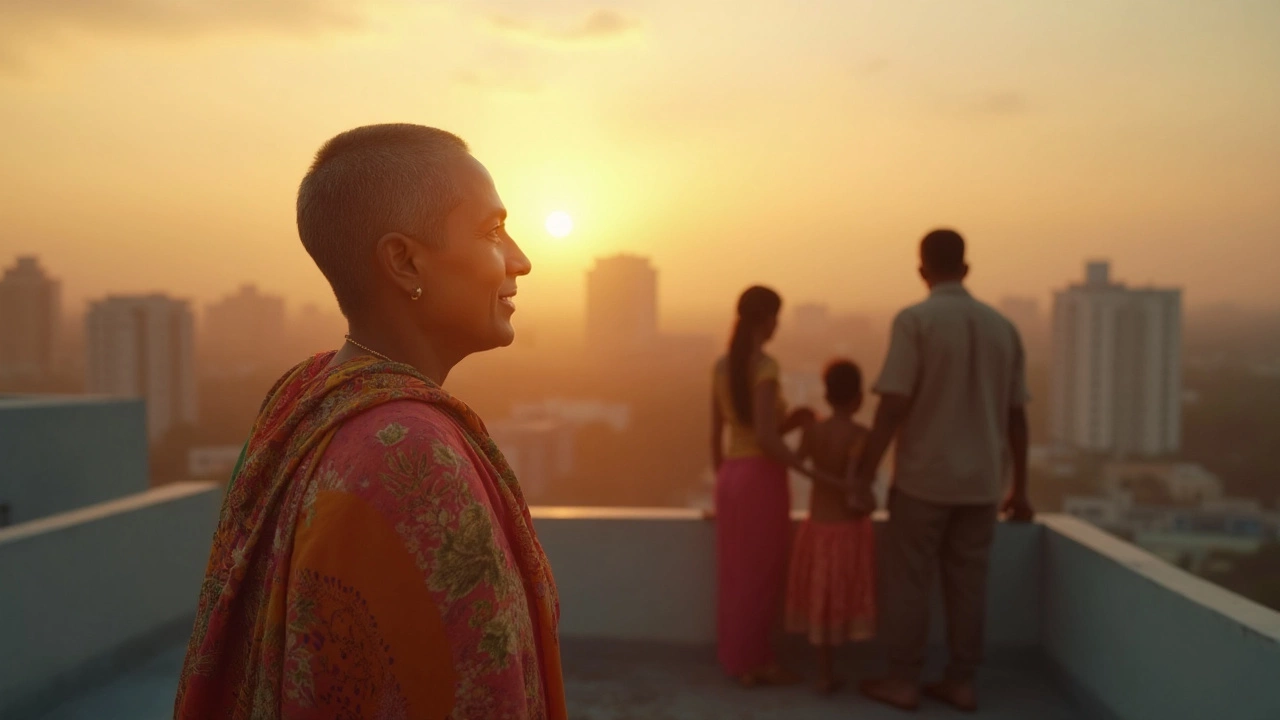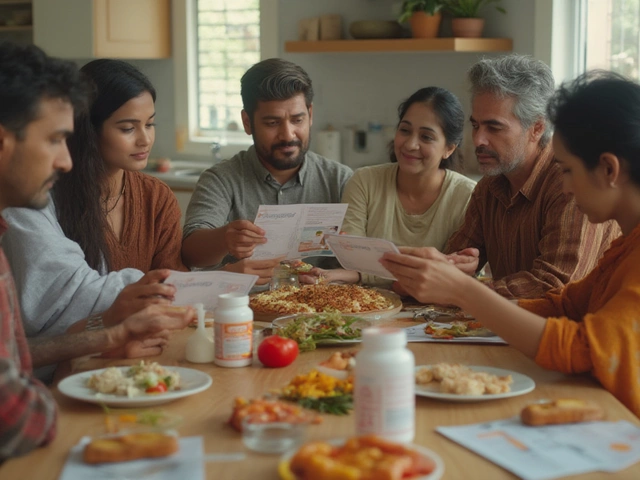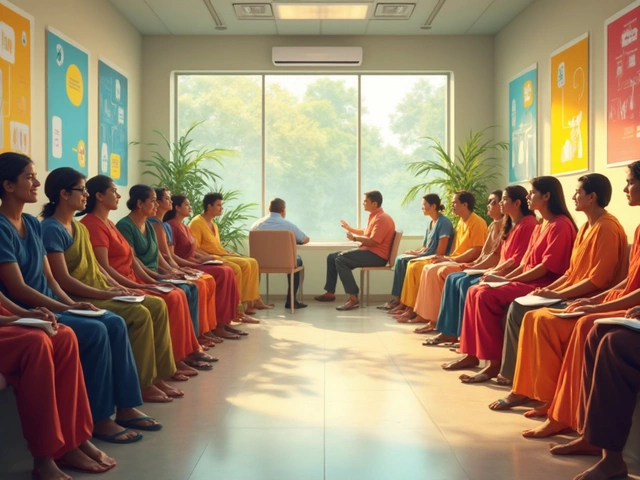Cancer Survival: Real Facts, Stories, and What Influences It
When talking about Cancer Survival, the chance of living beyond a cancer diagnosis, shaped by disease stage, treatment options and overall health. Also known as oncology survival rates, it’s a metric that patients, families and doctors watch closely because it drives every decision from screening to end‑of‑life care.
One of the toughest questions is how Stage 4 Cancer, the most advanced disease stage where cancer has spread beyond its original site impacts those numbers. Survival at this stage varies widely – some patients beat the odds thanks to targeted therapies, while others face limited options. That’s why understanding Life Expectancy, the projected number of years a person may live based on disease factors and personal health becomes essential. It isn’t just a statistic; it shapes financial planning, emotional preparation and the willingness to pursue aggressive treatment.
Speaking of treatment, the choice to start or stop Chemotherapy, a systemic drug regimen that attacks rapidly dividing cells, both cancerous and healthy often hinges on a balance of potential benefit versus side‑effects. When the expected gain in survival is marginal, many patients opt out, preferring quality of life over a marginal extension. This decision ties directly into the overall pain profile of cancer care. Some procedures, like high‑dose radiation or bone‑marrow transplants, rank among the Most Painful Cancer Treatments, therapies that cause intense physical discomfort and require extensive supportive care. Knowing which treatments are likely to cause the most suffering helps patients and clinicians weigh options realistically.
Key Factors That Shape Cancer Survival
First, early detection still wins the day. Tumors caught before they spread dramatically increase survival rates across almost every cancer type. Second, genetics and biomarkers guide personalized medicine; a mutation in the EGFR gene, for example, can turn a standard chemotherapy plan into a targeted drug regimen with better outcomes. Third, supportive care – nutrition, mental health, pain management – acts like a safety net, keeping patients strong enough to tolerate aggressive therapies. Finally, socioeconomic factors matter; access to cutting‑edge trials and specialized centers often determines whether a patient receives the most effective treatment.
All these pieces fit together in a web of cause and effect: cancer survival encompasses disease stage, relies on thoughtful chemotherapy decisions, and is influenced by life expectancy expectations. Real stories from survivors of stage 4 disease show that hope isn’t extinct – breakthroughs in immunotherapy have turned what once was a death sentence into a manageable chronic condition for some. At the same time, honest discussions about the most painful treatments remind us that survival isn’t just about length of life, but also about its quality.
Below you’ll find a range of articles that dive deeper into each of these topics. From personal accounts of beating stage 4 cancer to practical guides on navigating chemotherapy choices, the collection offers both the data you need and the human perspective you crave. Let’s explore the facts, the myths, and the actionable steps that can shape your journey or that of someone you care about.

Can Stage 4 Cancer Be Cured? Latest Insights on Treatment and Survival
Explore if stage 4 cancer can be cured, learn about new treatments, survival rates, emotional realities, and reasons for hope. Up-to-date and practical guide.
read more
Can You Live 10 Years with Stage 4 Lung Cancer? What the Real Numbers Say
Stage 4 lung cancer doesn’t sound hopeful, but survival times can be surprising. Treatments are better than ever, and some patients defy the odds, living much longer than expected. This article breaks down who beats the stats and how, busts some common myths, and offers smart tips for living with late-stage lung cancer. Clear, honest info for tough times, without sugarcoating or leaving out useful advice.
read more
How Long Can You Live on Stage 4 Cancer?
Stage 4 cancer can feel like a daunting diagnosis, but understanding what it truly means can help in navigating the journey ahead. This article explores life expectancy with stage 4 cancer, treatments that could extend life, and offers a glimpse into living with advanced cancer. It's about understanding possibilities, making informed decisions, and finding hope in small victories. Knowledge and support can make a significant difference throughout the experience.
read more
Understanding Cancer Survival: The Most Manageable Types
Surviving cancer heavily depends on the type of cancer one faces. Certain cancers have higher survival rates due to advancements in treatment and early detection. This article delves into cancer types considered easiest to survive, providing insight into what contributes to these positive outcomes. It highlights practical advice and support options for those navigating a cancer journey to increase their chances of recovery.
read more



